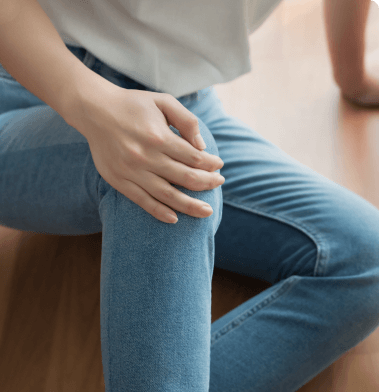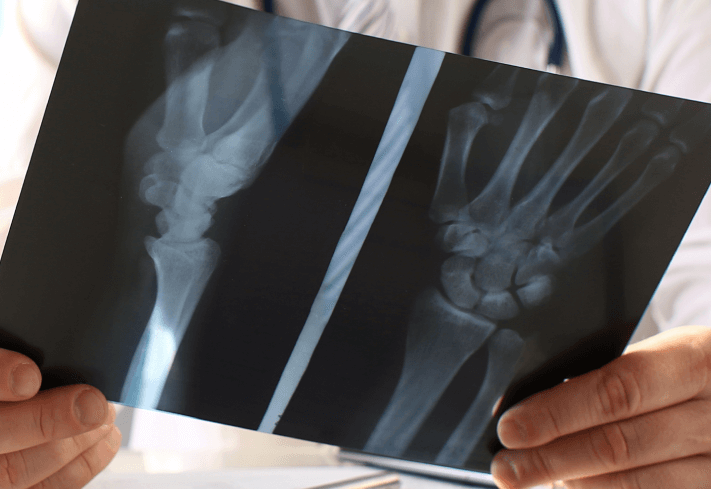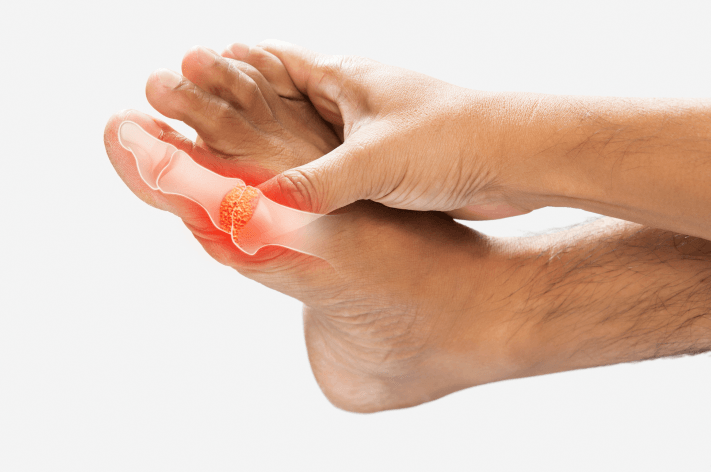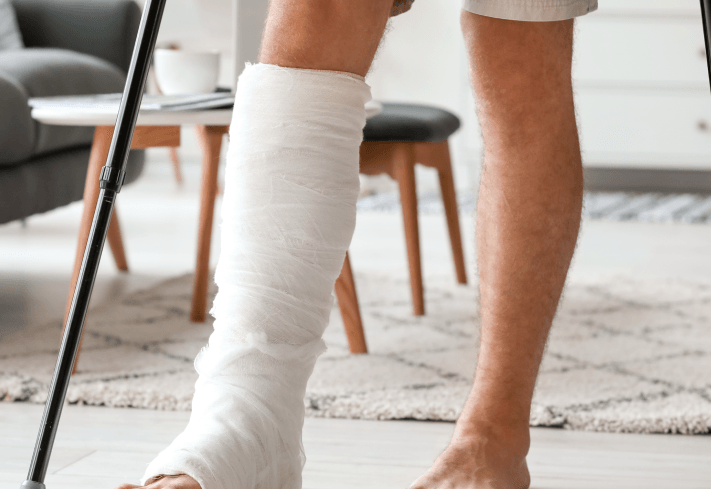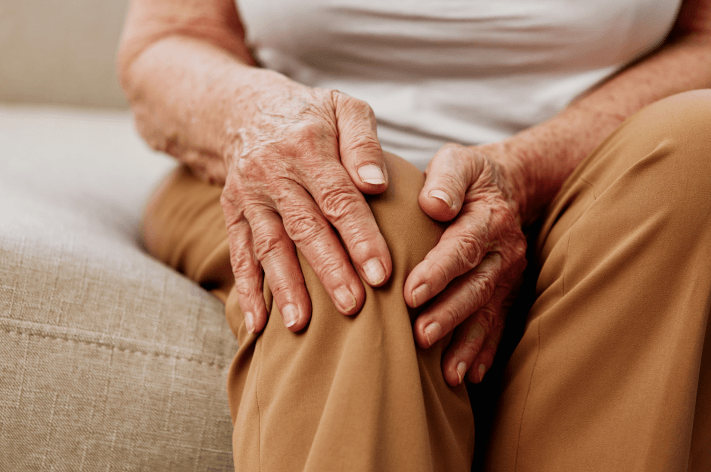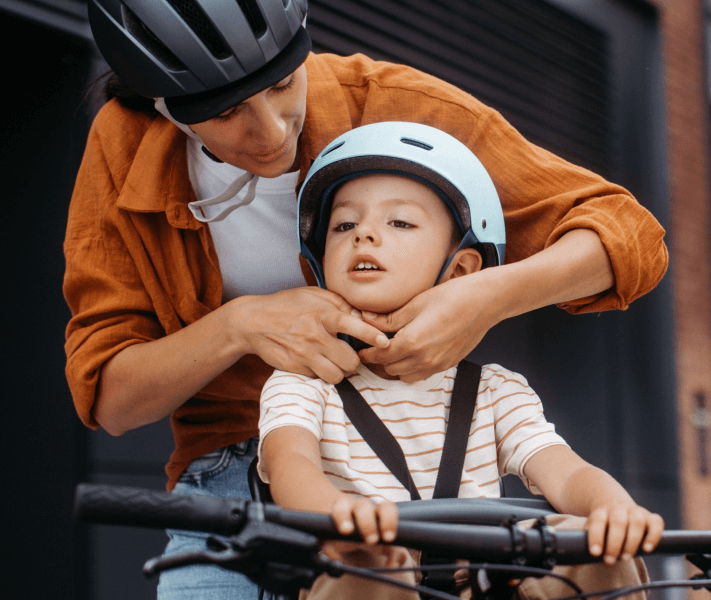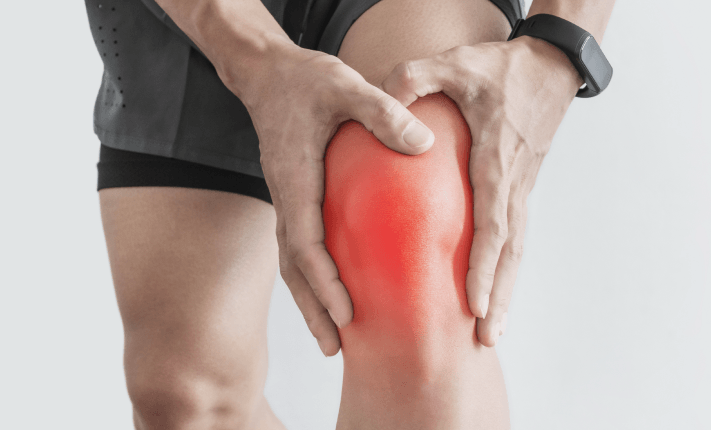What is Orthopaedic Trauma?
Orthopaedic trauma involves injuries to the musculoskeletal system caused by external forces such as falls, accidents, or direct blows. These injuries can affect different parts of the body, including the spine, arms, legs, and pelvis.
While some cases are minor and can be treated with rest and immobilization, others may require surgical intervention, rehabilitation, or long-term medical management. Orthopaedic trauma specialists play a key role in diagnosing and managing these injuries, ensuring that patients regain function and mobility.


